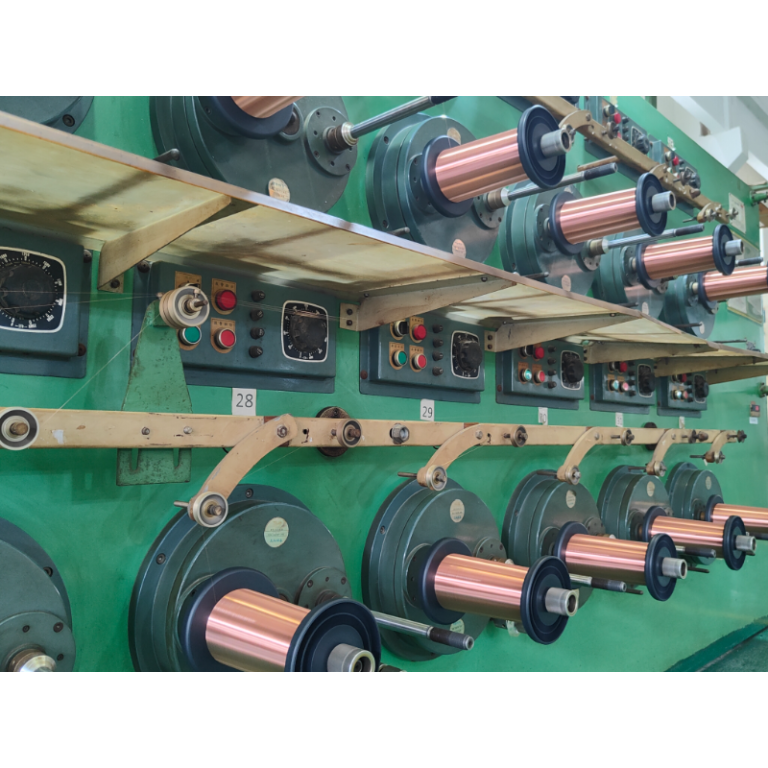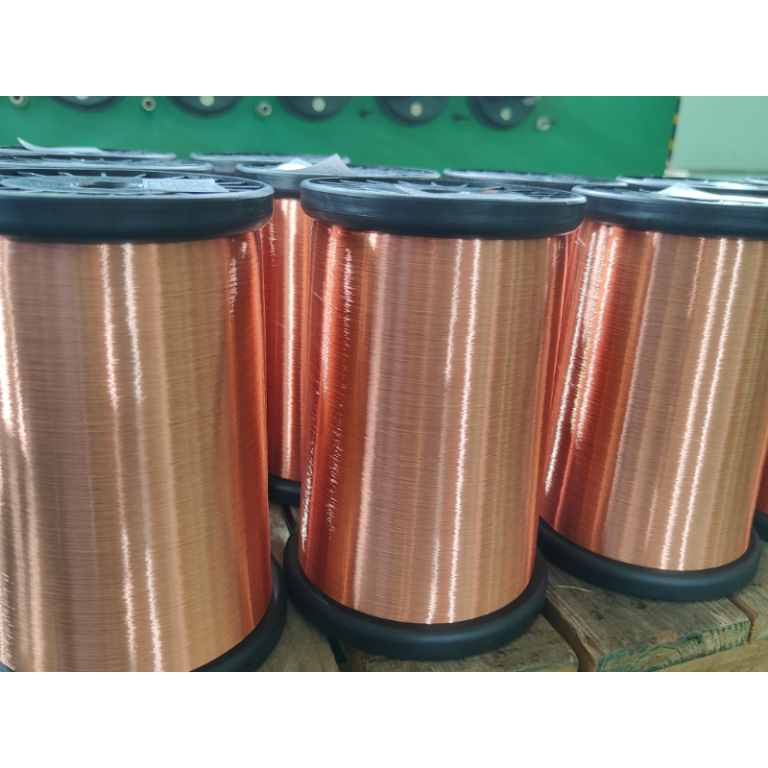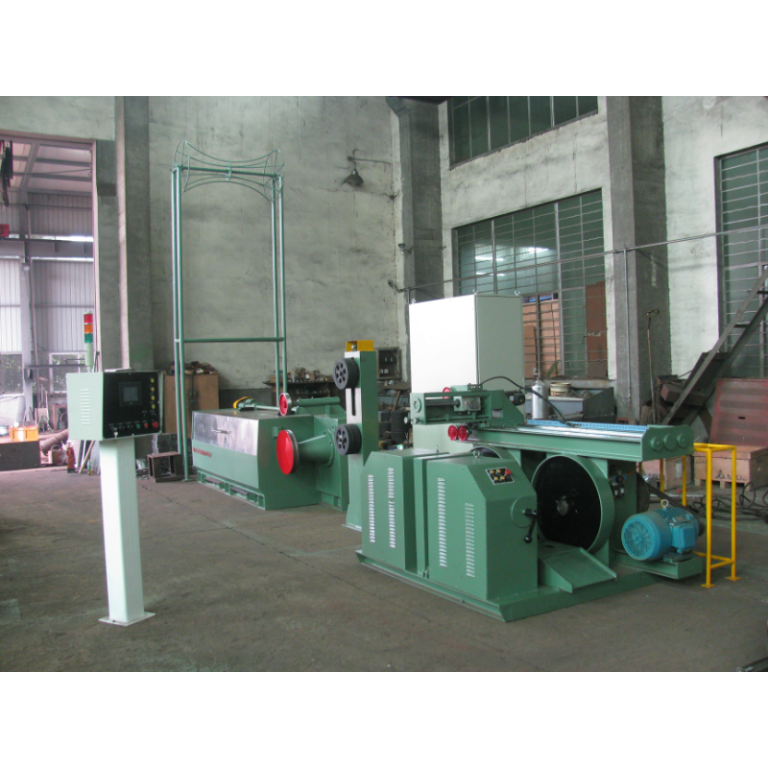Table of Contents
Tips for Maintaining and Troubleshooting Medium Copper Wire Drawing Machine
Maintaining and troubleshooting a medium copper wire drawing machine is essential for ensuring its optimal performance and longevity. Regular maintenance can help prevent costly breakdowns and downtime, while troubleshooting can help identify and resolve any issues that may arise during operation. In this article, we will provide some tips for maintaining and troubleshooting a medium copper wire drawing machine.
One of the most important aspects of maintaining a medium Copper Fine Wire Drawing Machine With Annealer is keeping it clean and well-lubricated. Dust, dirt, and debris can accumulate on the machine over time, causing friction and wear on its components. Regular cleaning with a soft brush or cloth can help remove any buildup and prevent damage. Additionally, lubricating the machine’s moving parts with a suitable lubricant can help reduce friction and ensure smooth operation.
Another important maintenance tip is to regularly inspect the machine for any signs of wear or damage. Check the wire drawing dies, rollers, and other components for any cracks, dents, or other abnormalities that may affect the machine’s performance. Replace any worn or damaged parts as soon as possible to prevent further damage and ensure the machine’s continued operation.
In addition to regular maintenance, troubleshooting is also an important aspect of ensuring the optimal performance of a medium copper wire drawing machine. When troubleshooting the machine, it is important to start by identifying the problem and its possible causes. Common issues that may arise with a wire drawing machine include uneven wire thickness, wire breakage, and overheating.
If the machine is producing wire with uneven thickness, the problem may be due to worn or misaligned drawing dies. Inspect the drawing dies for any signs of wear or misalignment and replace or realign them as needed. Additionally, adjusting the tension on the wire drawing machine can help ensure a more consistent wire thickness.
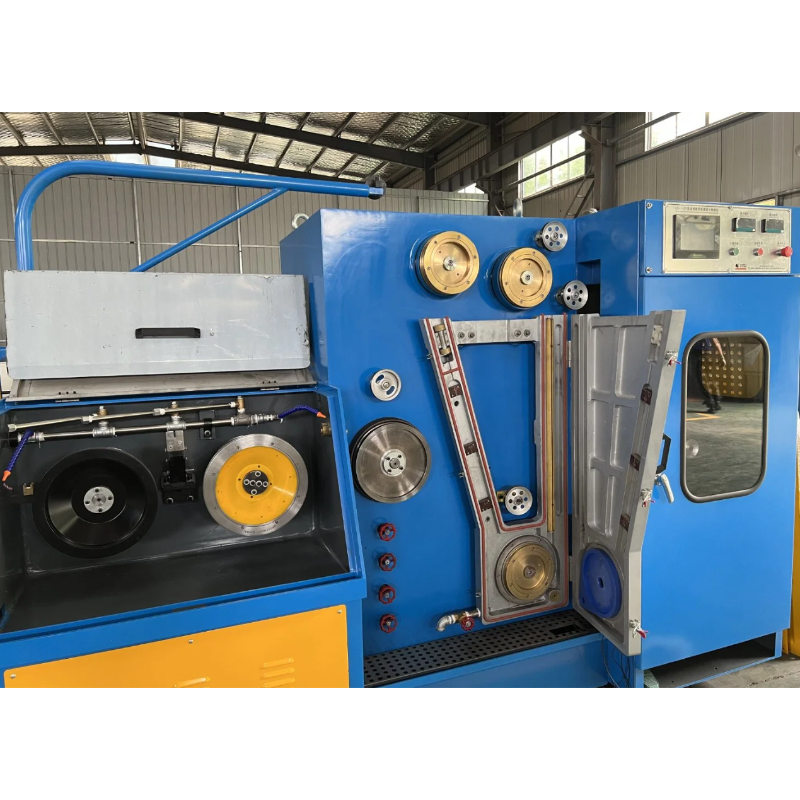
Wire breakage is another common issue that may occur with a medium copper wire drawing machine. This problem can be caused by a variety of factors, including improper wire tension, worn or damaged rollers, or a misaligned wire guide. Inspect the machine’s rollers, wire guide, and tensioning system for any issues and make any necessary adjustments or replacements to prevent wire breakage.
Overheating is another common issue that may occur with a wire drawing machine, especially during prolonged operation. Overheating can be caused by a variety of factors, including insufficient lubrication, worn bearings, or a malfunctioning cooling system. Inspect the machine’s lubrication system, bearings, and cooling system for any issues and make any necessary repairs or replacements to prevent overheating.
In conclusion, maintaining and troubleshooting a medium copper wire drawing machine is essential for ensuring its optimal performance and longevity. By following these tips and regularly inspecting and maintaining the machine, you can prevent costly breakdowns and downtime, and ensure that your wire drawing machine continues to operate smoothly and efficiently.
Advantages of Using Medium Copper Wire Drawing Machine
Medium copper wire drawing machines are essential tools in the manufacturing industry for producing high-quality copper wires. These machines are designed to draw copper rods through a series of dies to reduce their diameter and improve their quality. There are several advantages to using medium copper wire drawing machines, which make them a popular choice for manufacturers.
One of the main advantages of using a medium copper wire drawing machine is the ability to produce copper wires of consistent diameter and quality. These machines are equipped with precision dies that ensure the copper rods are drawn evenly and smoothly, resulting in wires that meet the required specifications. This consistency is crucial for industries that rely on high-quality copper wires for their products.
Another advantage of using medium Copper Wire Drawing Machine for Rod Breakdown Machine is the ability to control the speed and tension of the drawing process. This control allows manufacturers to adjust the parameters according to the specific requirements of the copper wire being produced. By fine-tuning the speed and tension, manufacturers can achieve the desired diameter and quality of the copper wire, making the process more efficient and cost-effective.
Medium copper wire drawing machines also offer the advantage of increased productivity. These machines are capable of drawing copper rods at high speeds, allowing manufacturers to produce a large volume of copper wires in a short amount of time. This increased productivity is essential for meeting the demands of the market and staying competitive in the industry.
Furthermore, medium copper wire drawing machines are designed for durability and reliability. These machines are built to withstand the rigors of continuous operation and heavy use, ensuring that they can perform consistently over time. This reliability is crucial for manufacturers who rely on their equipment to produce high-quality copper wires consistently.
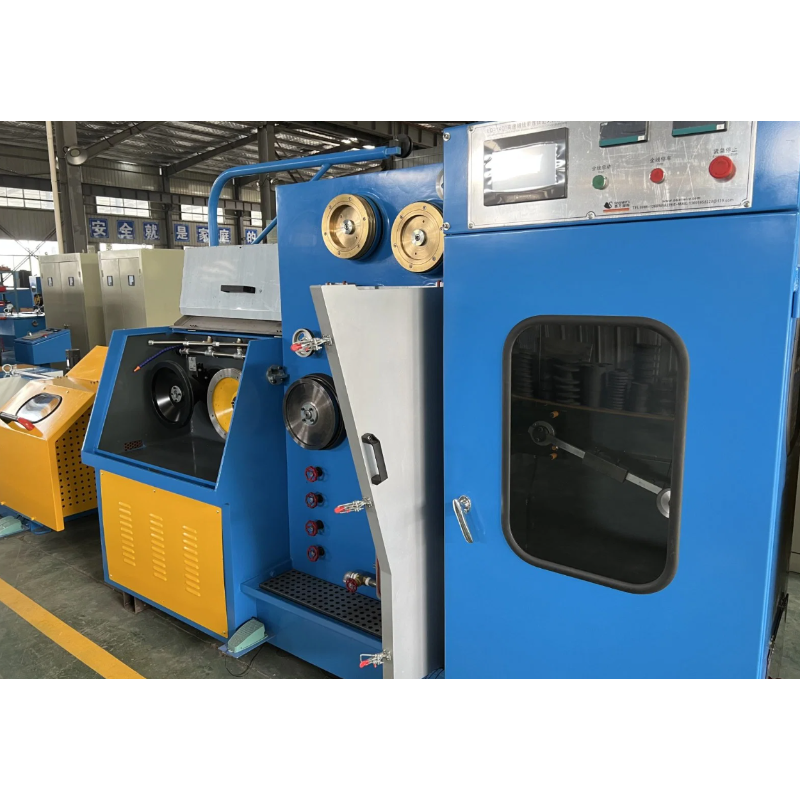
In addition to these advantages, medium copper wire drawing machines are also cost-effective. These machines are designed to be energy-efficient, reducing the operating costs for manufacturers. The high productivity and efficiency of these machines also contribute to cost savings, making them a wise investment for manufacturers looking to improve their production processes.
Overall, medium copper wire drawing machines offer a range of advantages for manufacturers in the industry. From producing consistent and high-quality copper wires to increasing productivity and reducing costs, these machines are essential tools for meeting the demands of the market. With their durability, reliability, and efficiency, medium copper wire drawing machines are a valuable asset for manufacturers looking to improve their production processes and stay competitive in the industry.

